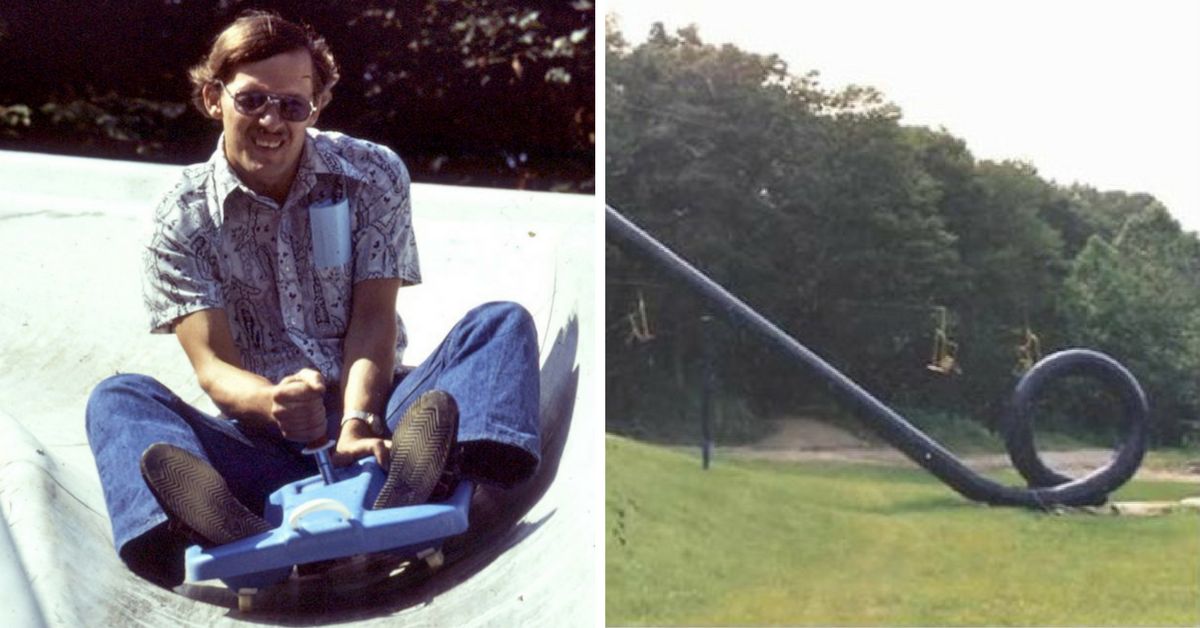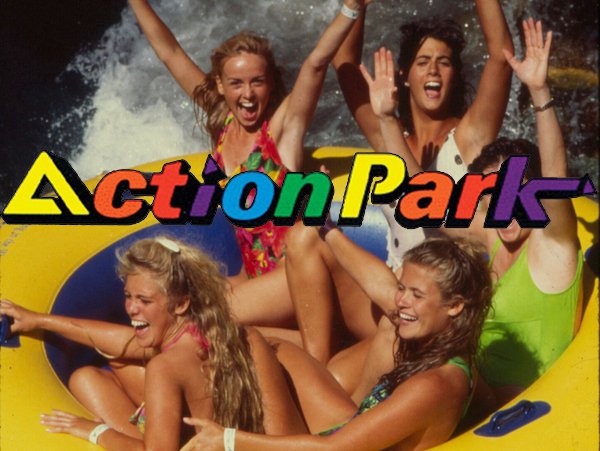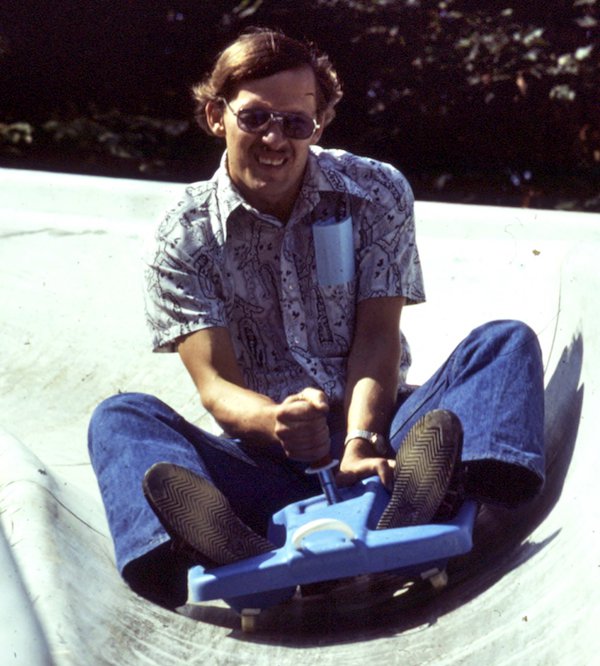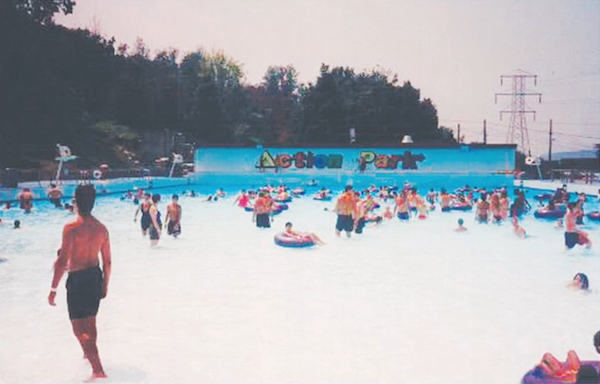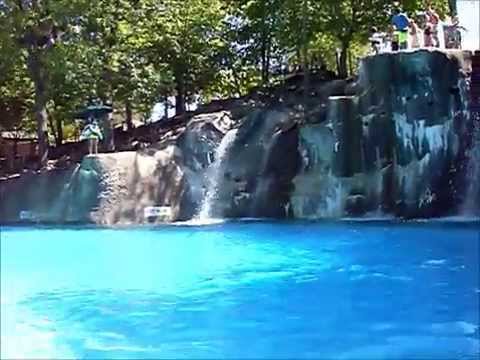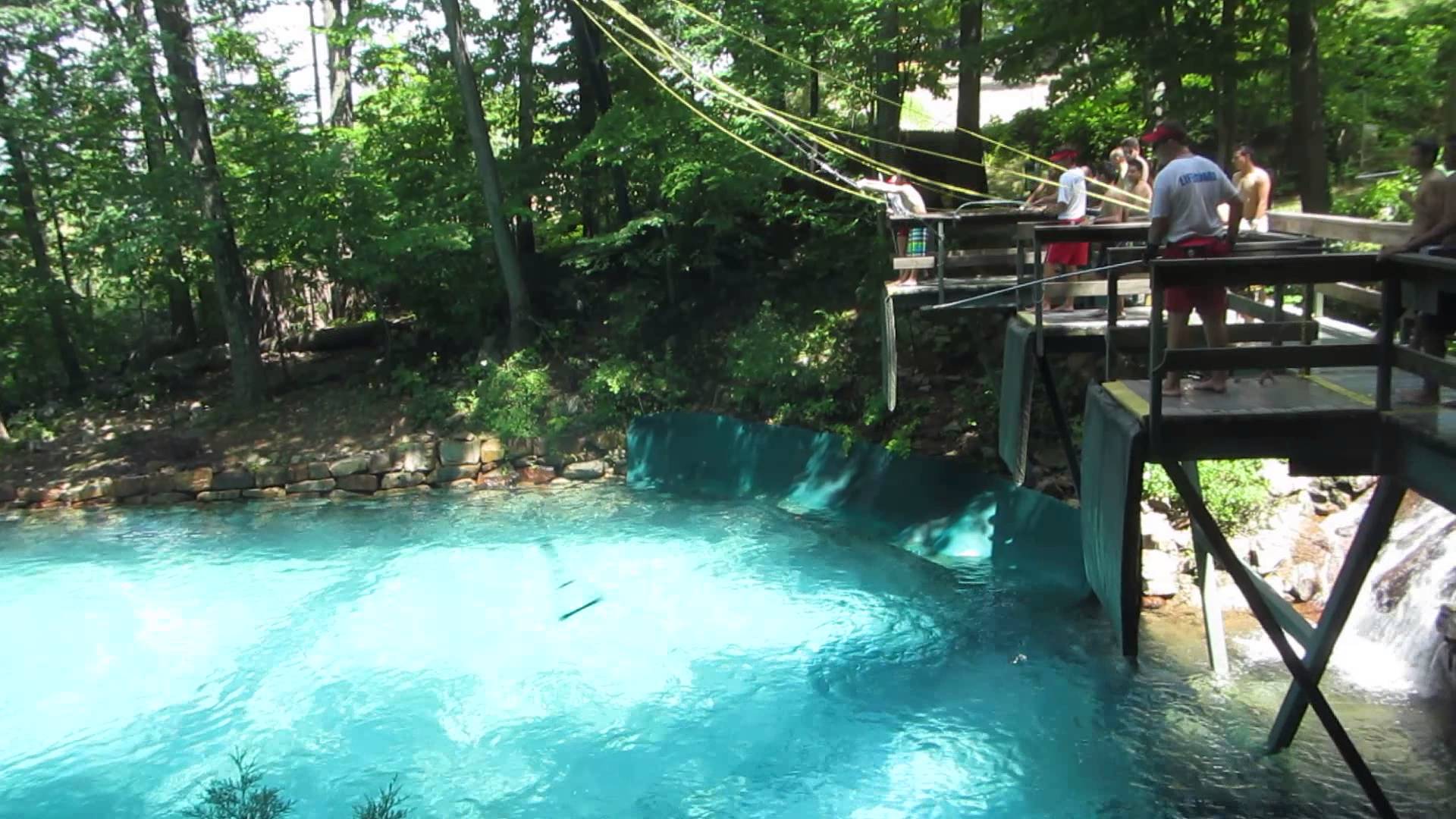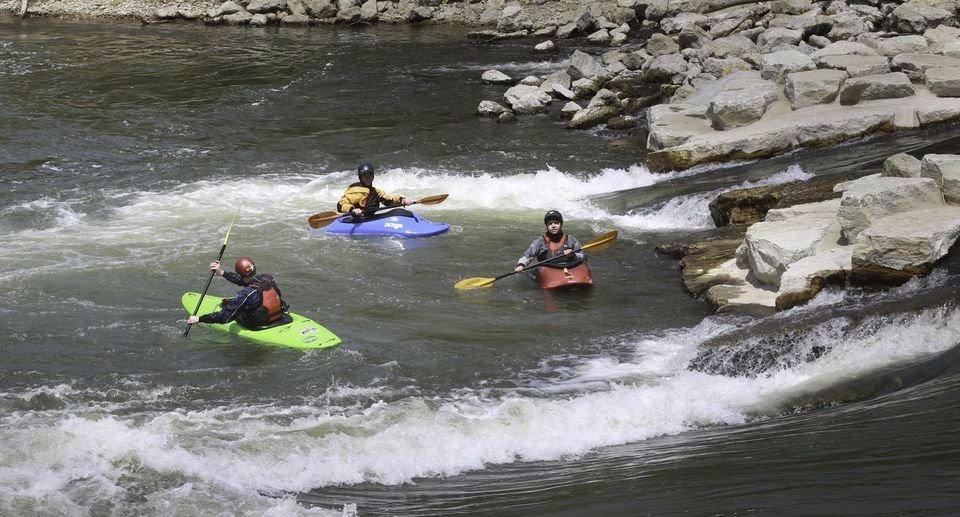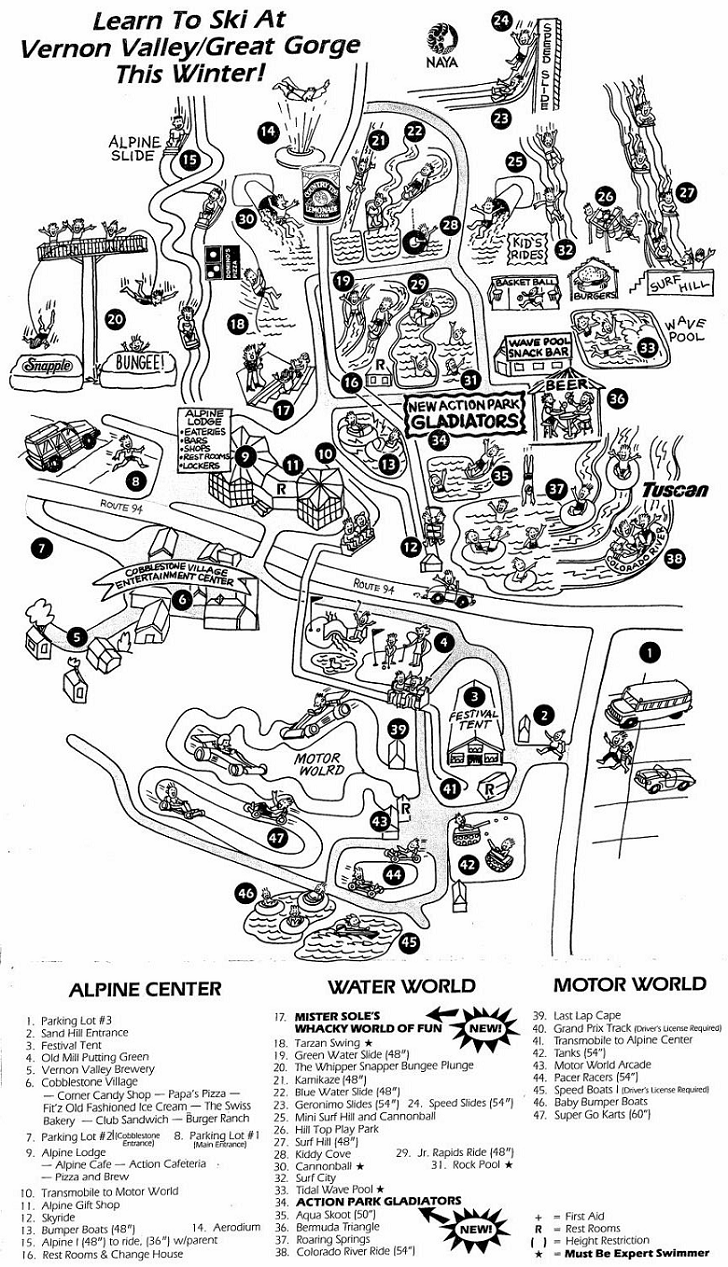Theme parks are a classic vacation spot for many families over summer break. However, they can get a little pricey. Who has $65 to spend per person to go to Six Flags? Certainly not me.
That's why Action Park became so popular. Located in New Jersey, it was more easily accessible and cost efficient. There was also a high chance of injury or death. But hey, what a deal right?
Action Park opened in 1978, and just 5 years later it was surrounded by controversy and lawsuits. So let's take a look at some of the reasons WHY it was ridiculously unsafe.
The Cannonball Loop Slide
Already the name has me concerned. This water slide shot patrons down into a relatively shallow pool of water...if they made it that far. It relied on your body weight and sheer force to shoot you up and around the loop (y'know, like a cannonball!) and then into the pool. To test safety, mannequins were sent down the slide first. More often than not, they would come out decapitated. The building team would then readjust the loop until the mannequins finally emerged with their bodies in tact. Then, employees were offered $100 to test it out officially. Strangely enough, the Cannonball Loop slide didn't cause any deaths, but that's probably because it was shut down too quickly for anyone to even try.
Continue reading to find out how people hacked the bumper cars to make them unsafe.
Eugene Mulvihill, the original developer of the park, wanted a place where the action level was controlled by the guests. How fast you went, how high you jumped, etc. was all up to each person. Of course, this sense of freedom (and the cheap beer sold to underage kids) made for a rather dangerous experience.
The Alpine Slide
This slide was a 2700ft long concrete and fiberglass track that riders went down on a small cart. The cart was controlled by a handbrake which almost never worked. Riders were often severely burned on the way down, so much so that Action Park installed a permanent medical tent at the end of the track.
The ride was responsible for 12 fractures and 26 head injuries in just two years. The Alpine Slide also lead to the first death of Action Park in 1980. After hours, one of the employees was riding the slide when his cart jumped the track. He hit his head on a rock and was instantly killed. There were so many injuries from The Alpine Slide that owners decided to purchase more ambulances for the town.
Wave Pool/Grave Pool
This was the first wave pool, or at least one of them, and as such they were completely clueless to how to build one properly. Modern wave pools produce 4ft waves with 10 minute intervals. The Grave Pool (named for apt reasons) had CONSTANT waves that were 10ft tall. There were 12 Red Cross trained life guards on duty at the pool, and they each had save counts of 30 people per weekend. On the first day alone, the guards rescued 100 people. Over the course of its life, the Grave Pool claimed the lives of 3 people.
The Cliff Jump
The Cliff Jump had rocks at various heights where guests could jump off and into a 40ft deep pool. The problem was that no staff members were stationed at the bottom to let jumpers know where or when to jump, so collisions were unavoidable. It got so bad that the park had to paint over the black bottom of the pool and make it white so that lifeguards could spot the drowning patrons. Shockingly, there were no serious injuries reported from the Cliff Jump.
Go Carts
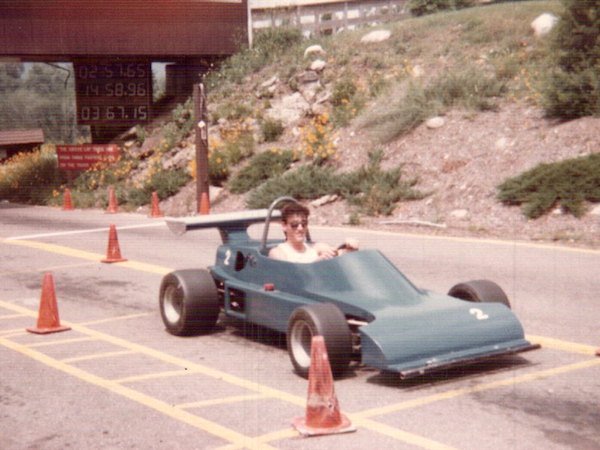
Who doesn't love a good go cart? And by "good" I mean one that travels at a normal speed. The Action Park go carts were limited to 20mph, but people eventually realized that jamming a tennis ball in the speed limiter would let you go up to 50mph. No serious injuries were reported, but there were some very unsuspecting patrons who got into carts where tennis balls had been left inside.
Continue reading to find out how one guy got electrocuted while kayaking.
The Tarzan Swing
How would you expect someone to die on a Tarzan Swing? Hitting a wall? The rope falling? Missing the water? The answer is none of the above. In 1984, a man died at Action Park after having a heart attack while landing in the water. Now, officially the ride is not blamed for his death, however the water was 15 degrees colder than anywhere else in the park because it used spring water, unlike the rest of the park. It's believed this temperature shock is what caused the heart attack.
Kayaking
"How can an amusement park screw up kayaking?" you may ask. And the answer is simple: electrocuting their kayakers. One week after the first drowning at the Grave Pool, a group of kayakers set out on what is arguably the most tame ride of Action Park. A 27-year-old patron accidentally tipped his kayak and in the process of trying to right himself above water, he made contact with a live wire under the water and died of electrical cardiac arrest. The park claimed the wire was "only nicked" but investigations found that there was an 8 inch gash along the wire. The park wasn't at fault for the accident, however, because at the time of installation it was all to code.
The park closed down in 1996, but in 1998 it reopened with a new name: Mountain Creek Waterpark. That lasted until 2013 when it closed down again. But luckily (or...unluckily I guess) for everyone, Action Park came back again in 2014, donning the original name.
And although 6 people perished at Action Park over the course of 9 years, many people still think the park was totally rad.
"Action Park was a true rite of passage for any New Jerseyan of my generation," said Chris Gerthard. "When I get to talking about it with other Jerseyans, we share stories as if we are veterans who served in combat together. I suspect that many of us may have come closest to death on some of those rides up in Vernon Valley. I consider it a true shame that future generations will never know the terror of proving their grit at New Jersey's most dangerous amusement park."
